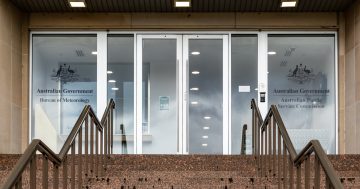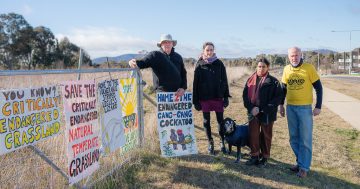The CT has this story on Simon Corbell redesigning Canberra and its busways (again).
Comments and submissions will close on October 17. The preliminary assessment is available at public libraries, the ACT Planning Authority, and on its web site, www.actpla.act.gov.au














